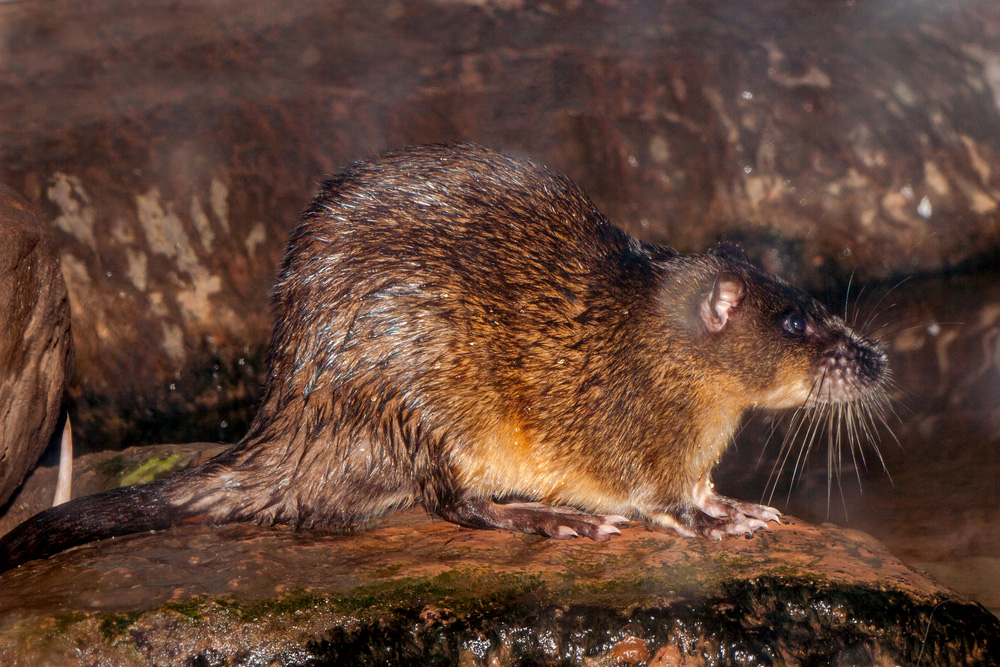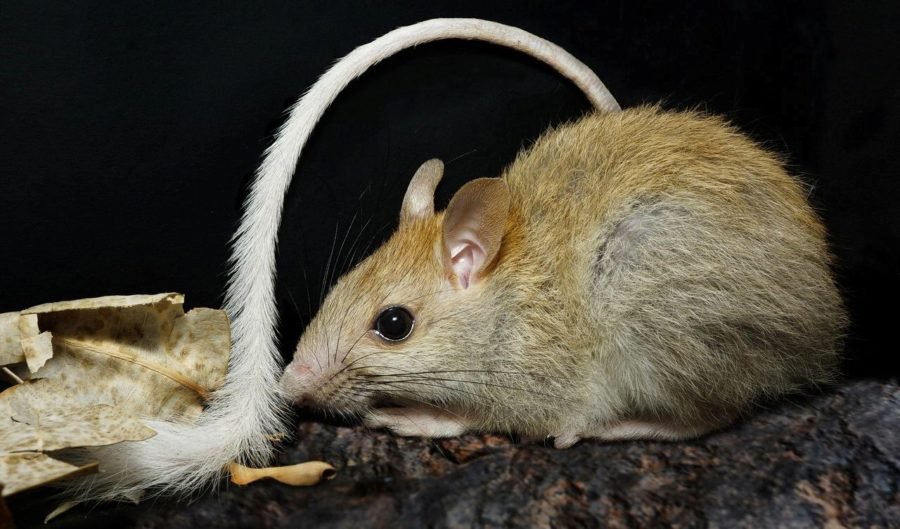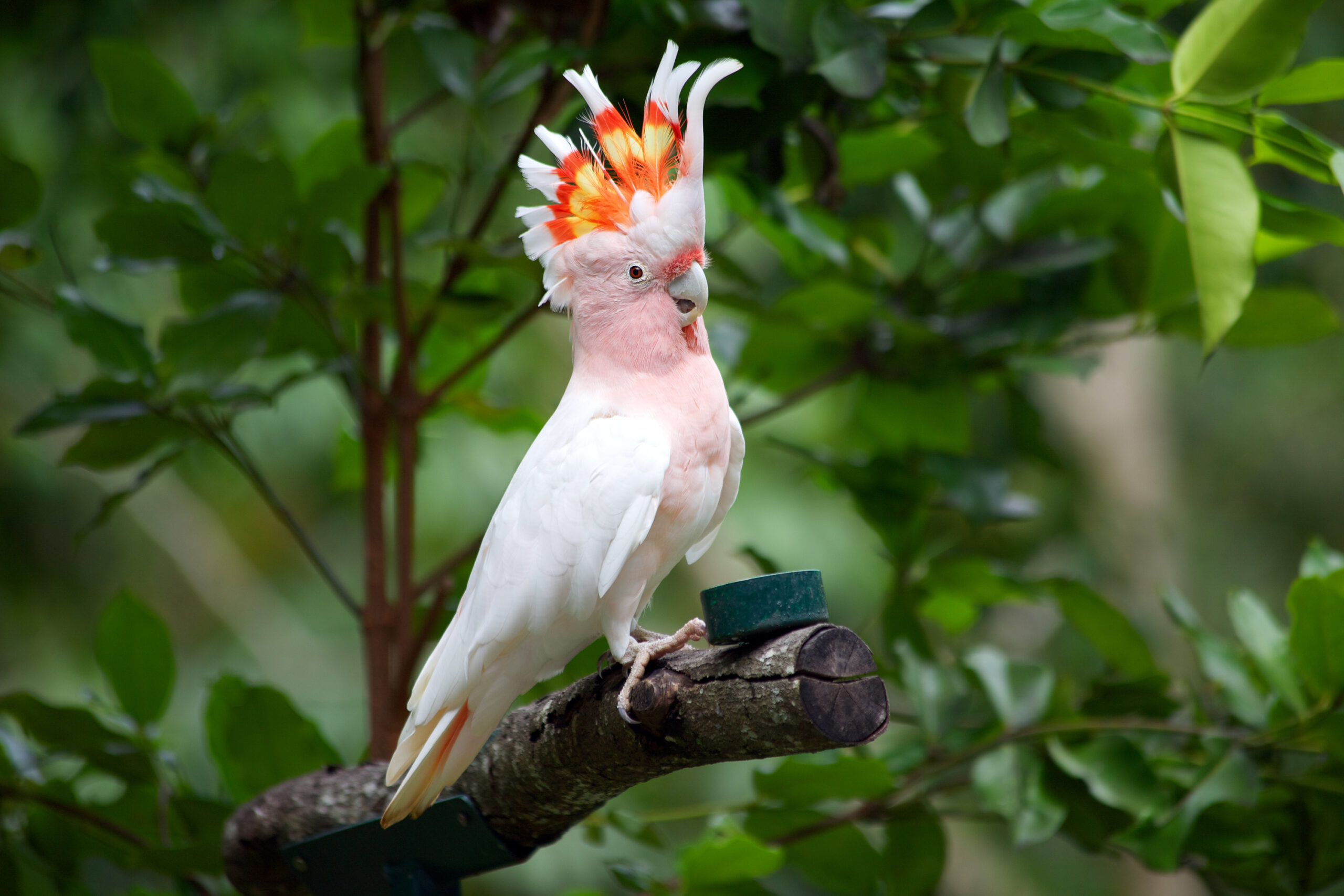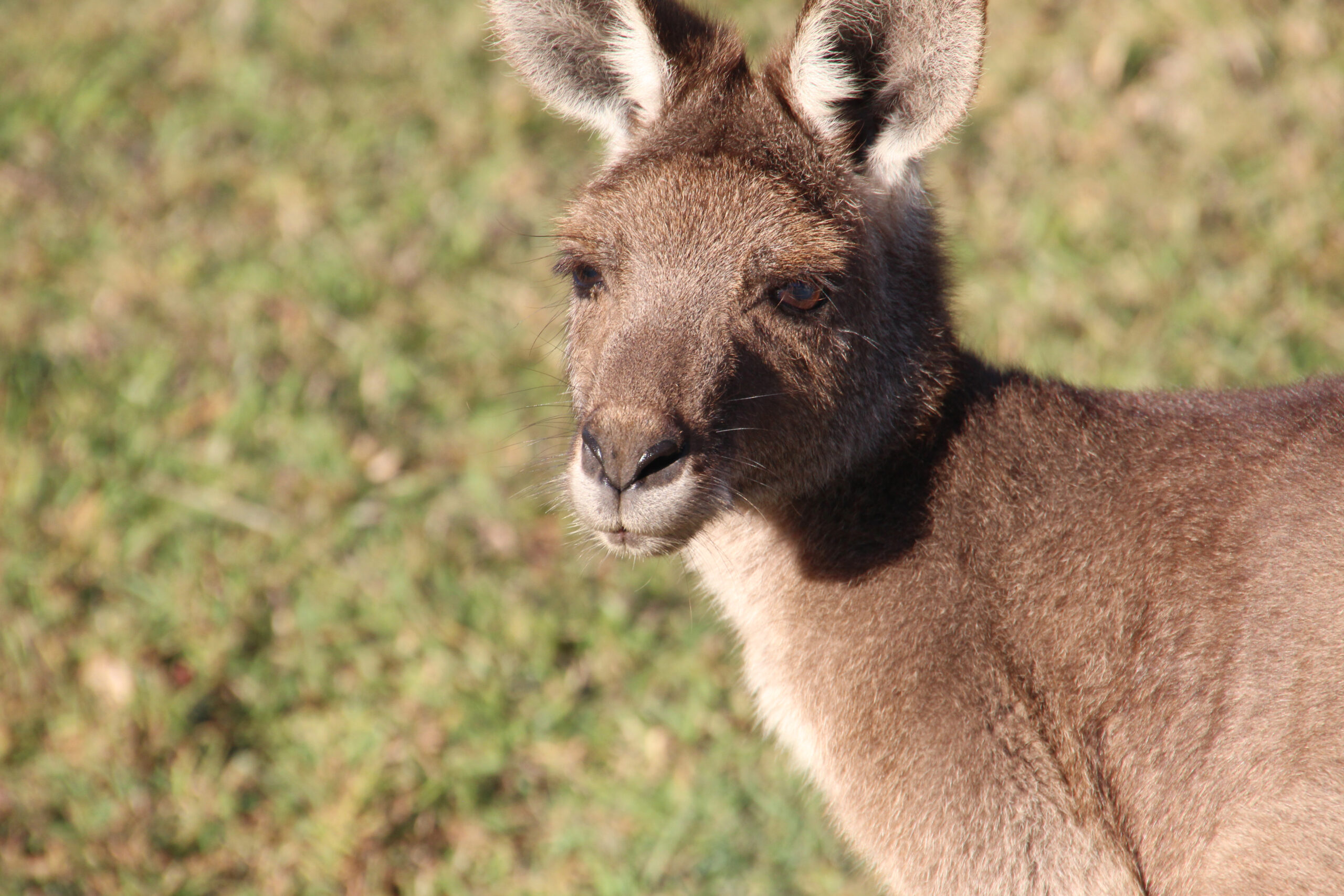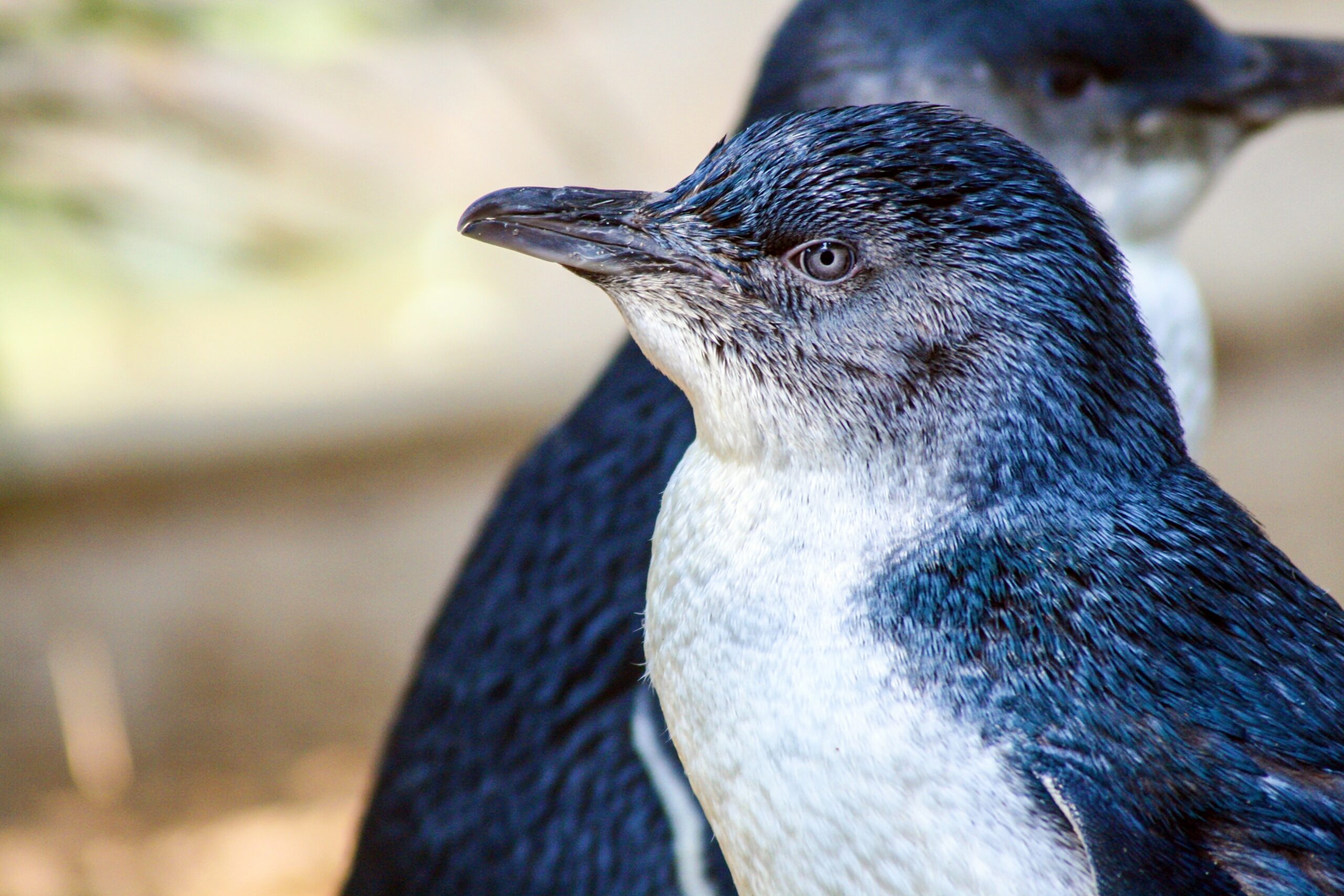| Common name | Rakali |
| Scientific name | Hydromys chrysogaster |
| Type | Mammal |
| Diet | Carnivorous, eating fish, crustaceans, frogs, and macroinvertebrates |
| Average lifespan | Between 3 and 4 years |
| Size | Up to between 40 and 70cm long, weighing around 1.3kg |
Australia’s very own version of the otter, the rakali or water rat has a list of unique adaptions that make this native rodent more at home in the water than on land.
Shy and nocturnal, the rakali is the largest member of the Australian native rodent family and is also uniquely, one of Australia’s only mammals to safely enjoy a meal of the highly toxic cane toad.
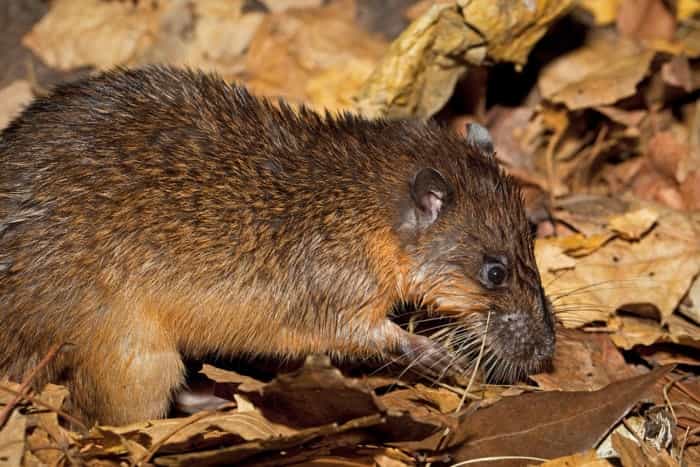
Although often confused with a land rat, the rakali behaves more like the otter or platypus. With waterproof fur that repels the water and dries quickly once on land, rakali are black to brown with an orange to white belly and a white tipped dark tail.
With a body shape perfectly adapted to glide through the water, the rakali is elongated and streamlined with small ears that can be folded against its head. A thick tail that acts like a rudder, along with partially webbed hind feet, make the rakali perfectly suited to its aquatic environment.
The rakali is found throughout Australia, in places where there is a permanent fresh water source all year long. Making their home in New South Wales, Queensland, Tasmania, South Australia, far north and southwest Western Australia, the Northern Territory, and Victoria, within lakes, estuaries, and rivers. Rakalis are also found in Papua New Guinea and Indonesian West Papua.
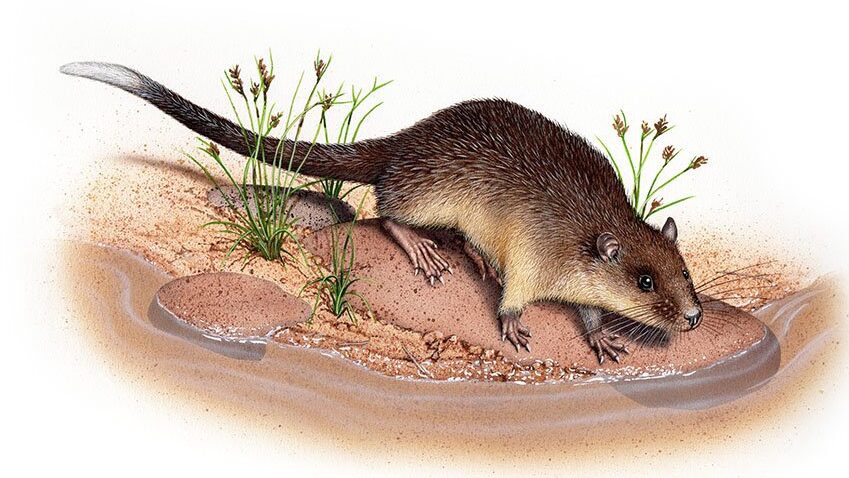
An adaptable animal that is resilient, the rakali can survive in most conditions, even polluted waterways and has been noted to live side-by-side with humans in highly populated areas. Being a semi-aquatic mammal has allowed this water rat to allude would-be predators by hiding on both land or in waterways.
Living within a burrow on the low banks of waterways, the rakali needs plenty of riparian vegetation and bank stability to survive. With a home range of between 1 and 4 kms of the waterway, the rakali is a mostly solitary animal that is territorial.
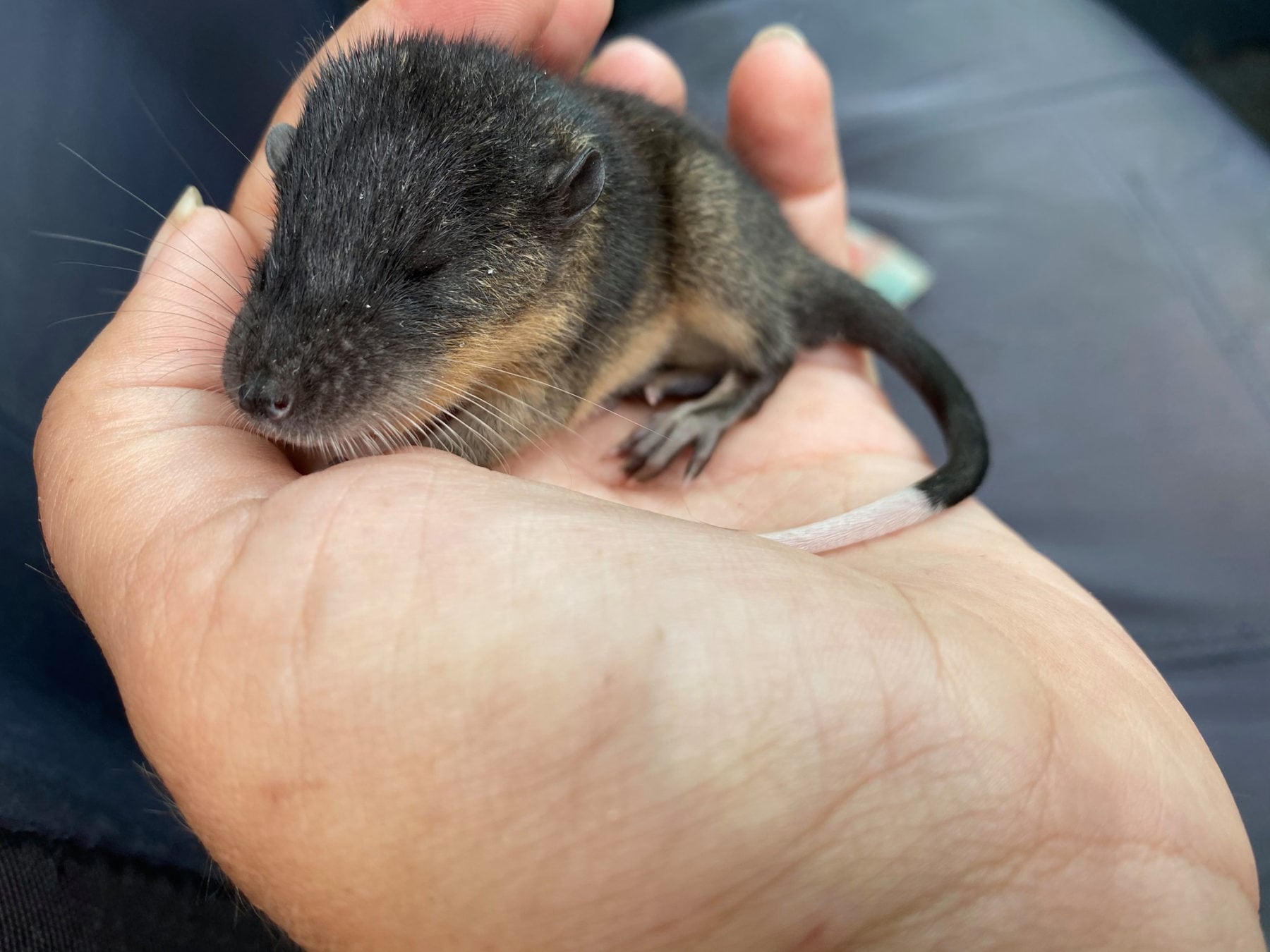
The rakali has a collection of whiskers that surround its face, which are highly sensitive and help it to forage underwater at night. The dinner menu is varied and long, and includes fish, aquatic insects, aquatic plants, crayfish, clams, mussels, crabs and even water birds and their eggs, frogs, and turtles.
But one toxic dinner preference has seen the rakali be the subject of studies and research, after it was found feasting on the highly poisonous cane toad. Intelligent and resourceful, the water rat flips the toad over to avoid the poisonous glands found on the back of the toad’s neck and uses surgical-like precision to neatly remove the heart, liver, and toxic gall bladder before eating the rest.
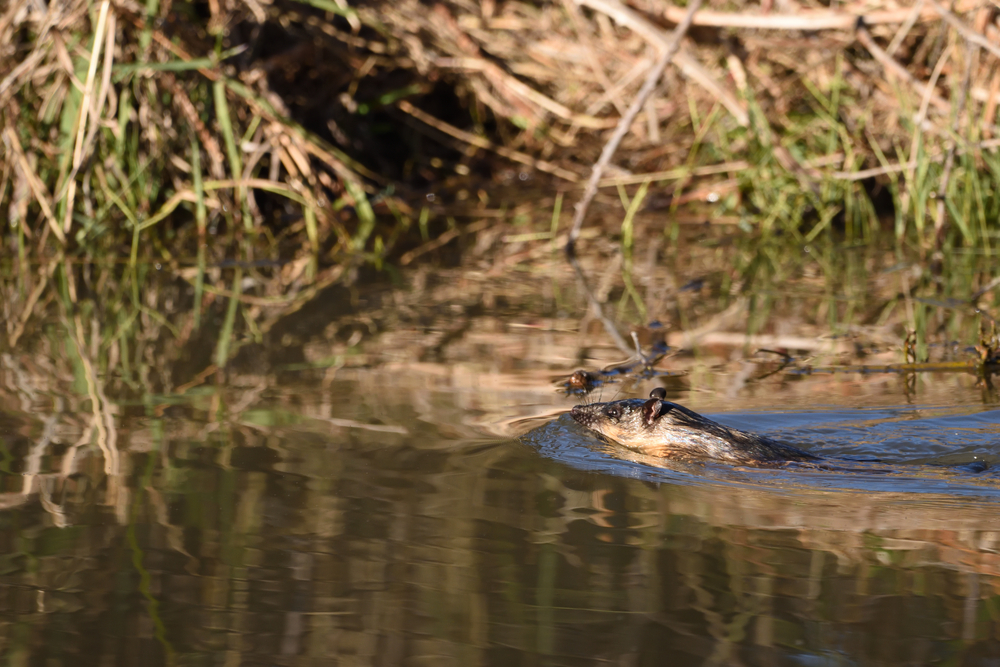
Like most native rodents, the rakali produces several litters of young each year when conditions are favourable, after reaching maturity at 1 year old. Litters usually consist of 2 to 4 young which arrive in the warmer months of the year, around one month after mating in late winter or early spring.
This semi-aquatic mammal plays an important role in Australia’s ecosystem. Rakali eat fungi and help to spread the fungi spores throughout the soil through their droppings. These spores then allow native plants to extract water and nutrients such as phosphorous and nitrogen from the soil in which they grow.
